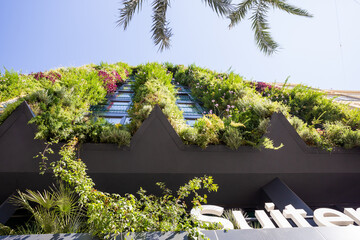The Benefits and Drawbacks of Biophilic Design in Building Architecture
Biophilic design focuses on integrating nature into architectural spaces. This approach offers several benefits and drawbacks.

Benefits
- Improved Well-Being: Firstly, natural elements enhance mental health and reduce stress. Studies show people feel calmer in green spaces.
- Enhanced Productivity: Secondly, incorporating plants and natural light boosts focus. Employees report higher job satisfaction and creativity.
- Energy Efficiency: Next, biophilic design often utilizes natural ventilation and daylight. Thus, this reduces reliance on artificial lighting and heating.
- Aesthetic Appeal: Furthermore, buildings with natural elements possess unique beauty. They attract tenants and enhance property value.
- Connection to Nature: Encouraging interaction with the outdoors fosters environmental stewardship. People become more aware of their ecological impact.
Drawbacks
- Higher Initial Costs: Integrating nature can be expensive. Landscaping and specialty materials may stretch budgets.
- Maintenance Needs: Additionally, plants and green elements require regular care. This adds ongoing maintenance tasks and costs.
- Space Limitations: Not all urban environments support extensive biophilic features. Space constraints can limit design possibilities.
- Climate Considerations: Certain plants may not thrive in every climate. Selecting appropriate species requires careful planning.
- Potential Allergens: Finally, not everyone reacts positively to plants. Design must consider allergies and other sensitivities.
Conclusion
Biophilic design has the potential to transform building environments. Weighing its benefits and drawbacks is essential for effective implementation. Therefore, embracing natural elements can lead to healthier and more productive spaces.







